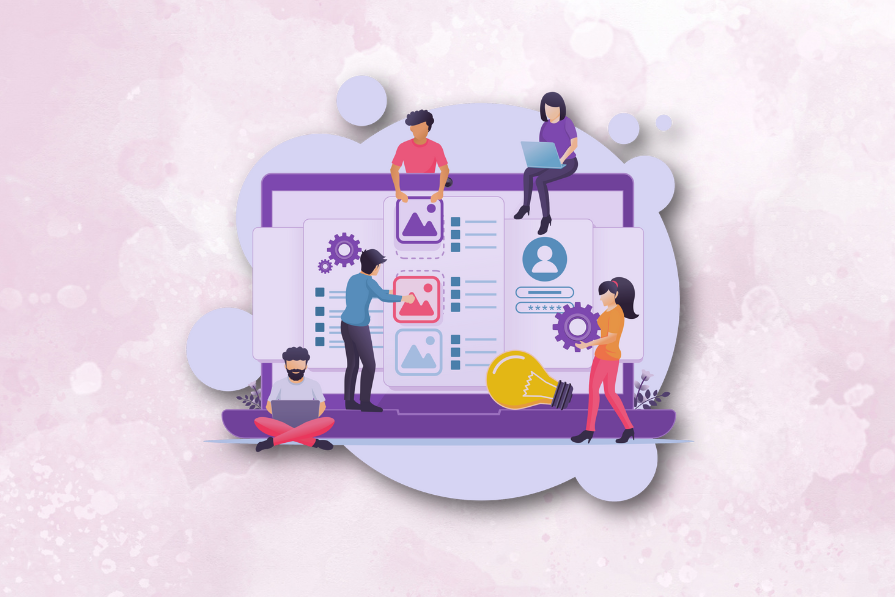fromBusiness Insider
12 hours ago3 leadership lessons from retiring Walmart CEO Doug McMillon
When CEO Doug McMillon and other Walmart execs visit stores, they'll collect stray shopping carts from the parking lot or pick up trash. The idea is to model servant leadership and being "willing to do what we want anybody else to do," McMillon told a business school audience at Stanford in May. McMillon, 59, announced on Friday that he plans to retire in January. He will be succeeded by John Furner, president and current CEO of Walmart US.
Business


























